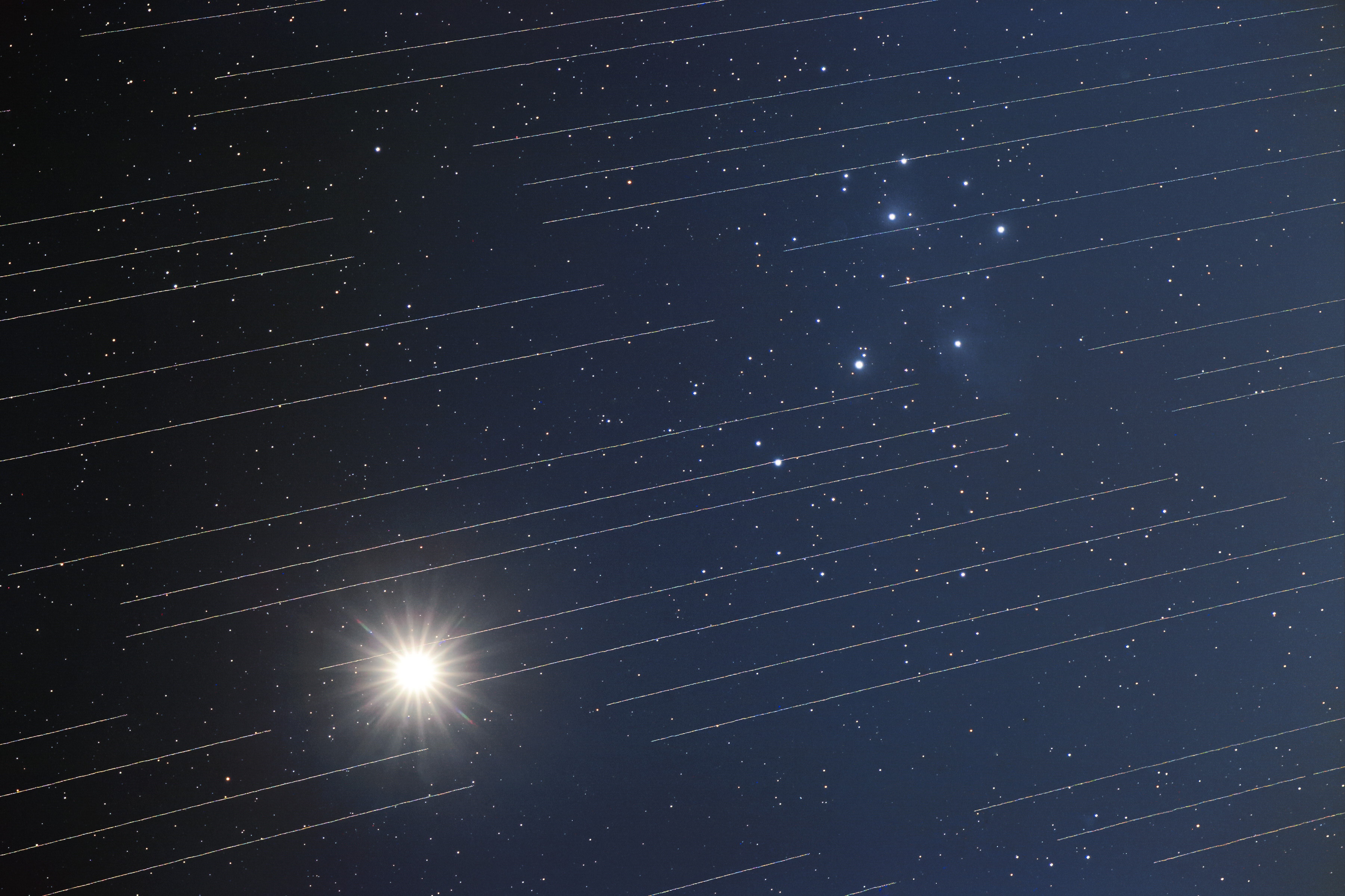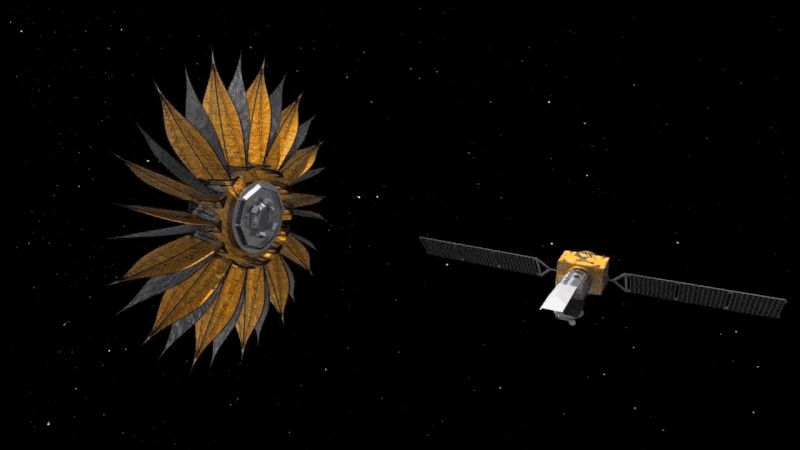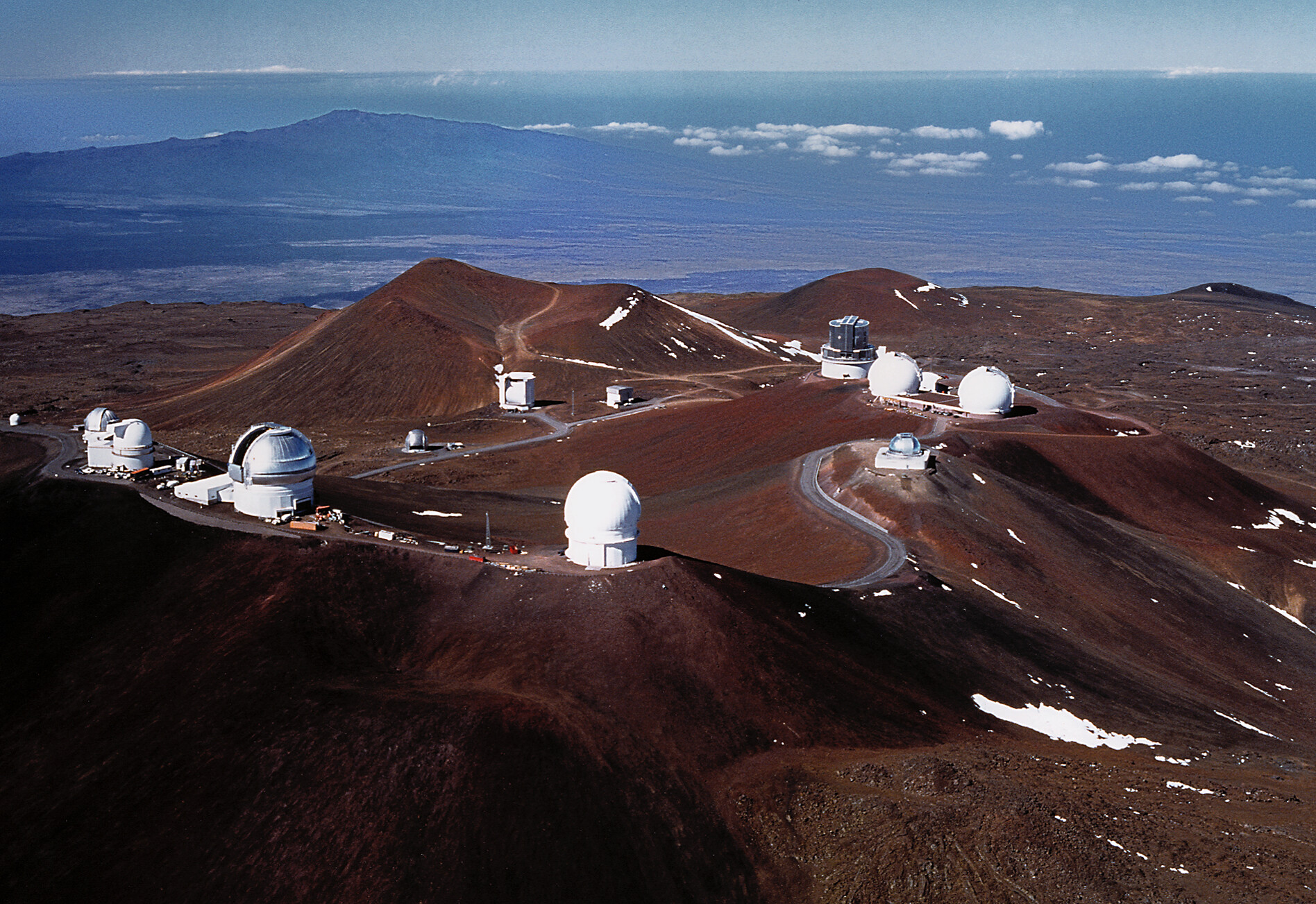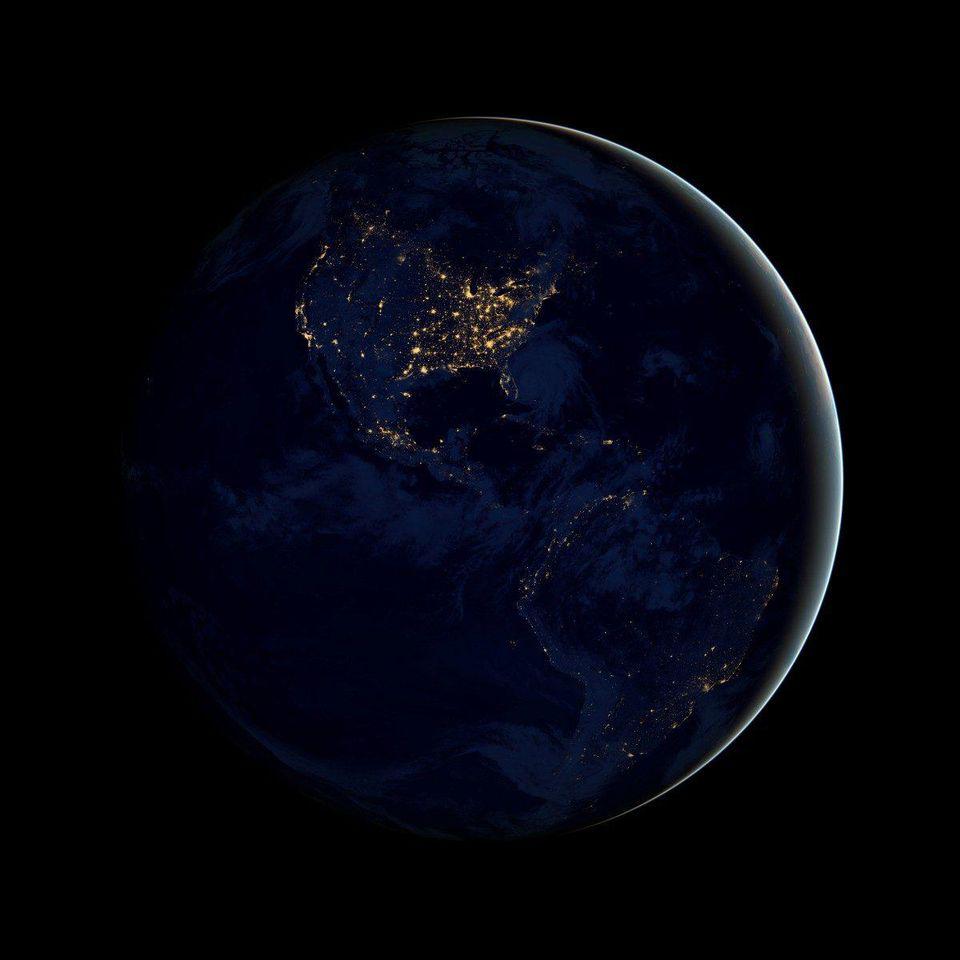The future of US astronomy just dimmed by half
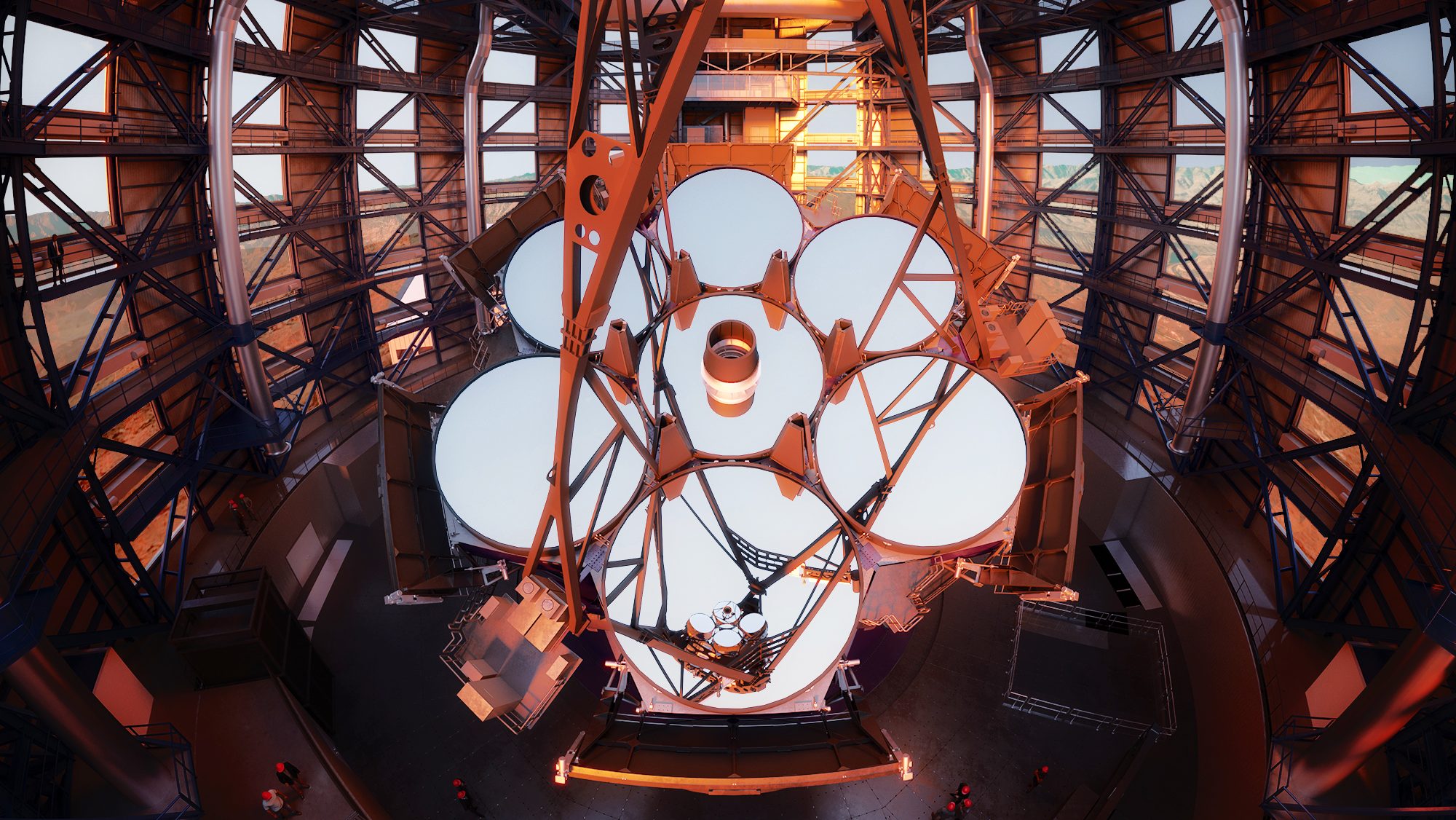
- For decades, the plan for astronomy has included an array of space-based and ground-based facilities to complement one another, covering the full sky with a new generation of extremely large telescopes.
- With three observatories planned: the European Extremely Large Telescope, the Giant Magellan Telescope, and the Thirty Meter Telescope, those science goals would be met, ensuring a bright future for astronomy.
- In a shocking statement released in late February of 2024, however, the National Science Foundation recommended investing in only one new telescope: not two, as had always been planned. Here’s why the investment is worth it.
If you want to push the frontiers of science, you don’t just need brilliant minds with first-rate educations, you also need cutting-edge facilities to support them. When it comes to the science of astronomy and astrophysics, the next generation of necessary facilities — in the ground and in space, across all wavelengths of light, and even extending beyond light to particles and gravitational waves — were just recently agreed-upon by the National Academies of Sciences in a decadal report known as Astro2020. With a truly balanced portfolio between:
- ground-based and space-based endeavors,
- small, medium, large, and flagship missions,
- various fields of astronomy, from within our Solar System to exoplanets to stars and galaxies to cosmology,
- and a series of new and upgraded facilities, including two extremely large telescopes, the next-generation Very Large Array, and upgrades to the IceCube facility for detecting neutrinos at the south pole,
- as well as investments in the next generation of scientists,
many have written at length about this ambitious but doable plan to secure a bright future for the United States in this profoundly important area of fundamental science.
These recommendations were adopted, across-the-board, by federal agencies such as NASA and the Department of Energy, and were expected to be (but have not been, to date) adopted by the National Science Foundation as well. However, with one penny-pinching and short-sighted resolution, the NSF has decided that instead of building two extremely large telescopes, the United States will only contribute towards one, and even that is only to the tune of a maximum of $1.6 billion, as recommended by the National Science Board. The truth is we need these facilities, as many have argued, and perhaps the best way to understand why is to debunk the most common myths associated with arguing why we don’t.
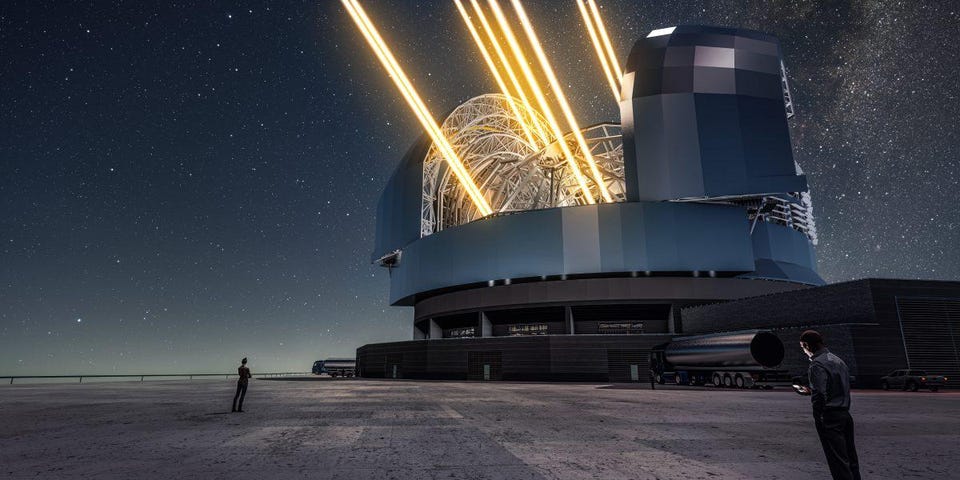
1.) All the best astronomy is now done from space. It’s true that our space-based observatories, including Hubble and the JWST, have made and continue to make discoveries that no ground-based facility can match. However, around 90% of all scientific proposals to use those facilities are rejected for one very non-scientific reason: they’re oversubscribed. There are too many scientists with too many good ideas for doing science for most proposals to get accepted. In other words, there are too many things to learn, and too many good science cases, for the expensive space-based observatories to do it all.
Instead, space-based and ground-based facilities work best together: with space-based facilities usually ideal for discovery and ground-based facilities preferred for follow-up and further investigation. The five major arenas where ground-based facilities are superior to space-based facilities are:
- size, as building as large and as heavy as you like is no obstacle to ground-based construction,
- reliability, as there are no launch costs or risk of launch failure,
- versatility, as each individual ground-based facility provides a unique set of locations and opportunities for observing unique or one-time events,
- maintenance, as there’s plenty of ground-based infrastructure (and no space-based infrastructure) for repairing, servicing, and replacing worn-out components on these observatories,
- and upgradeability, as old instruments are easily swapped out on the ground for newly-built ones, unlike in space, where it can only be done with great investments of money and labor.
The instruments aboard Hubble and JWST will be the same in 10 or 20 years as they are today, while ground-based telescopes only continue to improve with minimal further investment.
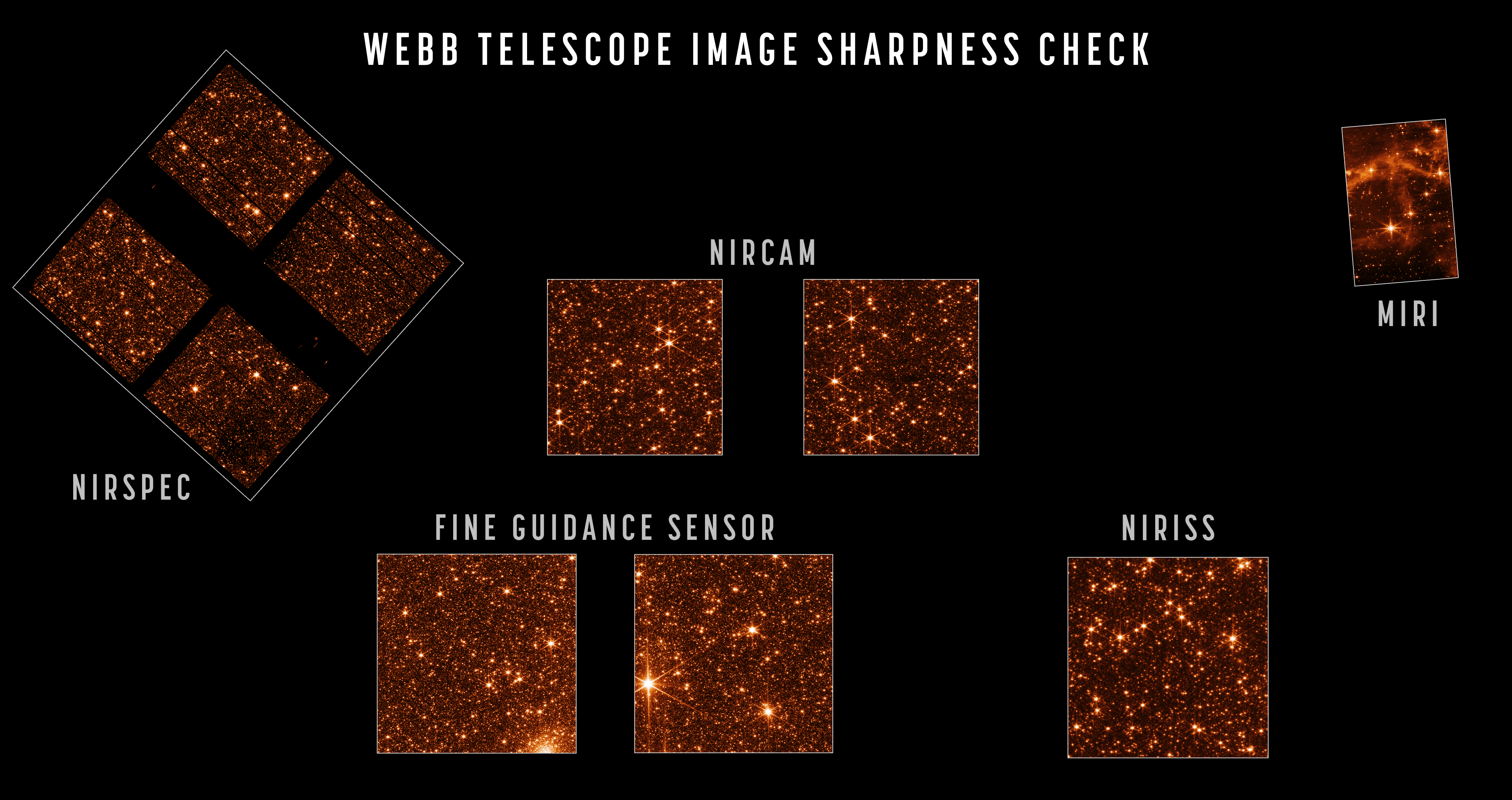
2.) Philanthropic contributions should be enough to support astronomy. It’s true that both of the proposed US extremely large telescopes, the Giant Magellan Telescope (GMT) and the Thirty Meter Telescope (TMT), have assembled an impressive series of funding partners from across the world, from both private foundations and commitments from other governments and public institutes. GMT, for example, boasts funding from Taiwan, Australia, Brazil, Chile, Israel, South Korea, and the United States, and has already fabricated each and every one of its giant, 8.4-meter diameter primary mirror segments that will compose the eventual 25.4-meter diameter assembled mirror for observing the Universe.
TMT, meanwhile, is supported by India, Japan, and Canada, as well as AURA (the Association of Universities for Research in Astronomy) and the Moore foundation, and the TMT International Observatory has just produced the 100th polished mirror segment of an eventual 492, required to compose the 30-meter diameter primary mirror. This is an enormous amount of support, but public funding — especially for staffing and the maintenance of the observing facilities — is also required. Without the support of the National Science Foundation, ground-based astronomy as we know it, including last generation’s flagship ground-based observatories like:
- the Keck telescopes,
- the Very Large Array,
- the IceCube Neutrino Observatory,
- and LIGO,
all would have been impossible.

3.) One US-based giant telescope can do all the science that two can do, it just takes more time. Whenever and wherever you are on Earth, every time you look up at the night sky, you’re only seeing half of what there is to observe. Even if each and every night were clear and cloud-free, and you observed the sky every night throughout the entire year as Earth revolves around the Sun, you wouldn’t manage to cover the whole sky. That’s because from our perspective on planet Earth, every location can only see:
- the entire half of the celestial hemisphere that corresponds to their latitude (north or south),
- and the portion of the opposite celestial hemisphere that extends down to 90° minus their actual latitude.
Furthermore, the best observing always occurs close to overhead, rather than near the horizon, so if you have a telescope in the northern hemisphere, it’s impossible to look at objects with deep southern latitudes, and if you have one in the southern hemisphere, objects too far north will be unobservable. If you’re right at the equator, viewing near either pole will be a challenge as well. Also, for the purposes of “targets of opportunity,” which is what astronomers do when they observe transient objects, you need to be able to view the needed target at the critical moment, which is usually as quickly as possible. For flexibility, you want telescopes at various longitudes, so it’s always night when some powerful telescope can access the skies. Fewer telescopes means more missed opportunities and more missed objects.

4.) The European Extremely Large Telescope, at 39 meters in diameter, is superior to the smaller US-based ones anyway. It’s difficult to emphasize just how wrongheaded this line of thought is. Here on Earth, there are around 15 optical telescopes of the current flagship class: with primary mirrors between 6.5 meters and 11 meters in diameter. All built during the decades of the 1990s and 2000s, the overwhelming majority of them are located in the three best physical locations on Earth for ground-based optical astronomy. In order, from best to third best, they are:
- the summit of Mauna Kea in Hawaii,
- the top of the Chilean Andes mountain range,
- and the summit of the island of La Palma, in the Canary Islands in Spain.
These are the locations that have the combination of the highest altitudes, stillest, lowest-humidity air, the least amount of turbulence, the lowest chances of cloud cover, and are closest to equatorial latitudes.
You might think that the largest telescopes in the best locations, like the Gran Telescopio Canarias and the Keck 1 and 2 telescopes, would be the most scientifically productive and prolific telescopes year after year, but that simply isn’t true. Every one of the telescopes that are 6.5 meters in diameter or larger at any of the above three mentioned locations are all comparably scientifically productive to one another, with similar numbers of scientific papers, similar scientific impacts, and similar numbers of major discoveries coming from each of them. Having more telescopes allows you to design more specialized instruments for them, enabling a broader array of science, from infrared observing to spectroscopy to coronagraphy to planet imaging and more. The jump from one size class to another is huge; the minor differences between the sizes of telescopes in the same class is far smaller than the differences in instrumentation.

5.) Upgradeability is a major factor, as well as an underappreciated factor, in the sustained productivity of a telescope. How long does it take to build an instrument for a telescope, and how expensive does that instrument wind up being? If you look at the last 20 years of astronomy’s history, you’ll find that the biggest determining factor, on both accounts, is the size of the instrument. While the European Extremely Large Telescope (ELT) might have a 39 meter primary mirror and the Giant Magellan Telescope (GMT) may only have a 25 meter primary mirror, the size of the first-generation instruments aboard the ELT are planned to be a whopping thirty times the volume, each, of the first-generation instruments that have been planned and designed for GMT.
Costs scale with size, and although the ELT is promising a completion date of 2028, their instruments have not even reached final design, making that a dubious goal in the eyes of most astronomers who are instrument specialists. Additionally, the more reflections your optical system requires and the more upward-facing mirrors that system possesses, the more light you lose before it ever arrives in the instruments. The ELT has three up-facing mirrors and requires a total of four reflections before light reaches the instruments, whereas the GMT has only one up-facing mirror and requires only one reflection (for two instruments; two other instruments need a second reflection) before light reaches the instruments.
The ELT might be the “Cadillac” of 30-meter class telescopes, but for a wide variety of applications — including coronagraphy, planet imaging, and building the second generation of instruments down the road — the “Honda” that is the GMT or the “Subaru” that is the TMT will be the superior choice.
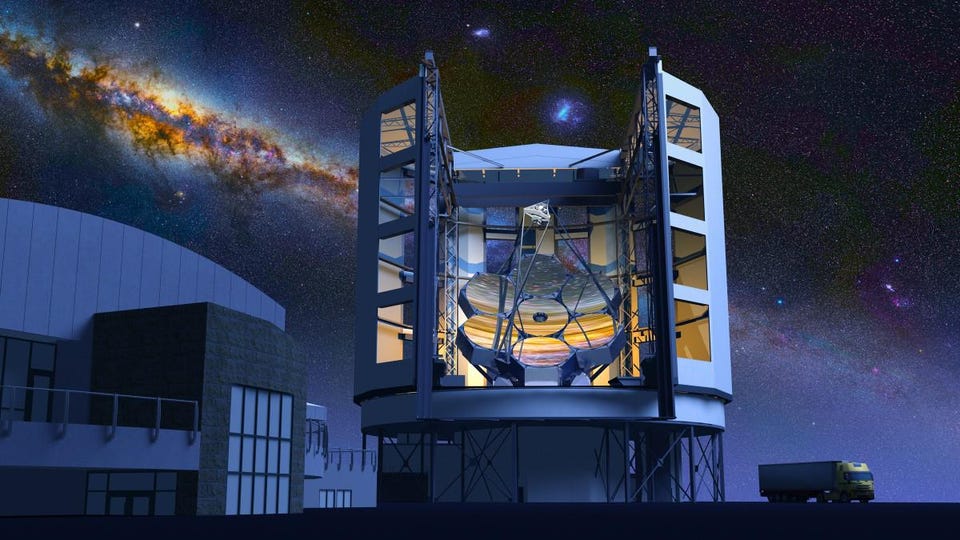
6.) The tensions between astronomers and native Hawaiians means that the Thirty Meter Telescope (TMT) can never happen anyway. This might have been a defensible position five years ago, but changes in TMT leadership, the government in Hawaii, and the stewardship plan and process for Mauna Kea have paved a path forward that is incredibly encouraging. The total number of telescopes on Mauna Kea is presently being reduced but not eliminated, and a scientifically productive future for astronomy is currently being planned and negotiated right now. While it is still being decided which telescopes will remain, which old ones will be decommissioned, and which new ones will be built, there is a future for TMT regardless of what decisions are made.
If there is a suitable site atop Mauna Kea where all parties agree the TMT should be built, then that will be the location of the northern hemisphere’s premiere and only 30 meter-class telescope. If not, La Palma in Spain has offered to provide the land and host the TMT as a backup location, which would then be where the northern hemisphere’s premiere and only 30 meter-class telescope would be located. There are options for where it can be built and — realistically — where it can serve the needs of the astronomical community for the next 30 to 50 years. There is a path forward for both astronomy and native Hawaiians to work fruitfully together on Mauna Kea, and for the TMT to exist as either part of that collaboration or as external to that endeavor.
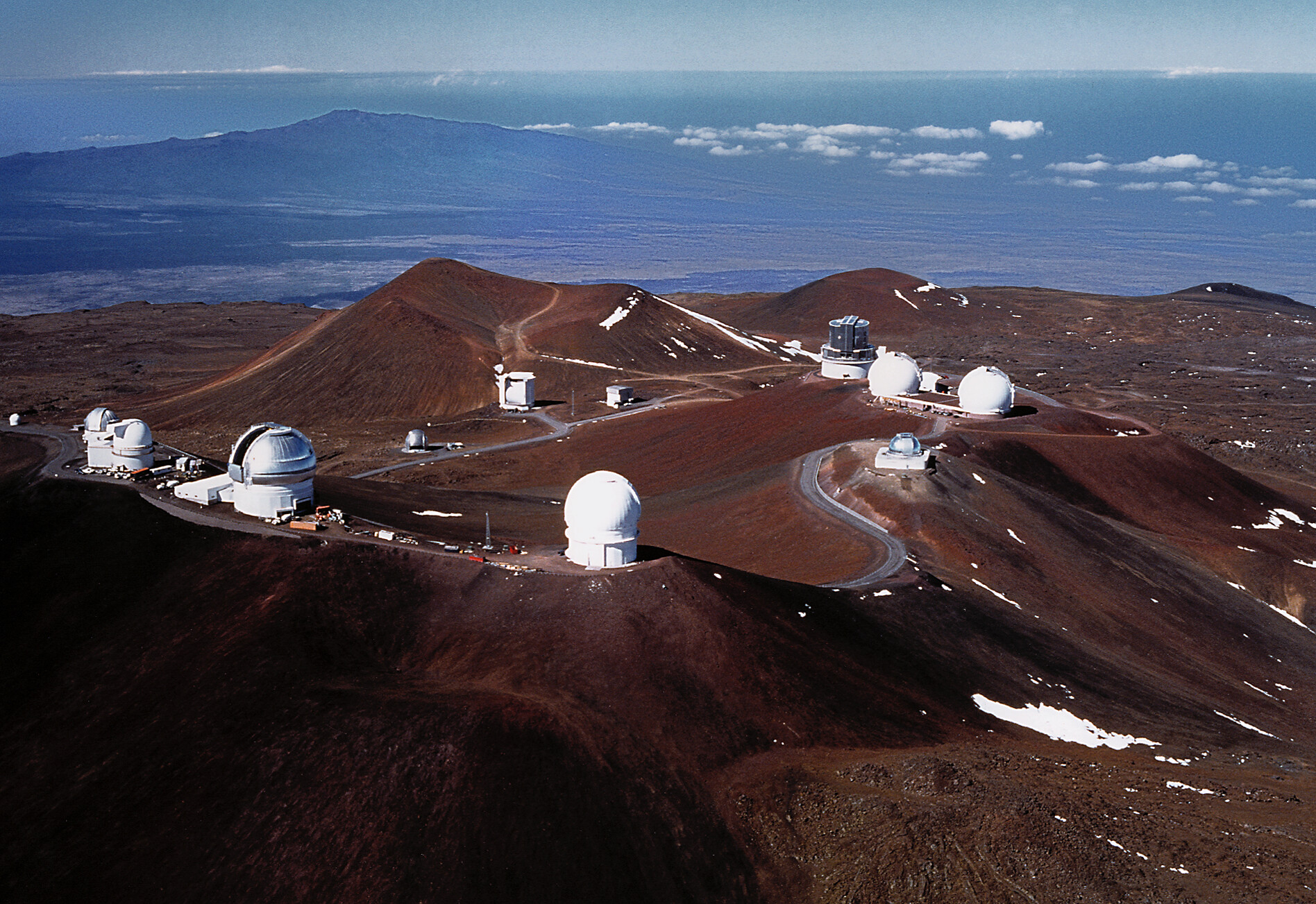
7.) Nothing would be lost by deciding not to build one of these telescopes at this point in time. Once you stop investing in something important to your nation, that field almost never recovers in that country. In the late 1980s and early 1990s, particle physicists around the world had set the highest priorities for their field as being a next-generation collider capable of reaching higher energies and greater numbers of collisions than ever before, and the United States was going to lead the way: by building the SSC: the Superconducting Super-Collider. It’s now around 30 years since that project was killed, and if you look at the priorities of the United States particle physics community today, you’ll see that the United States is playing only a complementary, supporting role when it comes to cutting-edge particle physics. There are no particle colliders or particle accelerators at the frontiers in this country any more.
If we abdicate leadership in astronomy and astrophysics today, and abandon the commitment to cutting-edge ground-based facilities that quite literally have brought us an understanding of the Universe, from the nature of galaxies to cosmic expansion to the Big Bang to the discoveries of dark matter and dark energy, we would be choosing to sunset our status as the scientific leader in the world of astronomy and astrophysics. Deciding to only build one extremely large telescope would signal to one of those two collaborations — either the GMT or the TMT — that all of the efforts, money, and time put into that project, including the millions of worker-hours and the commitments and investments of hundreds of millions of dollars, were wasted, because the United States itself, through the National Science Foundation, is unreliable as a funding partner.
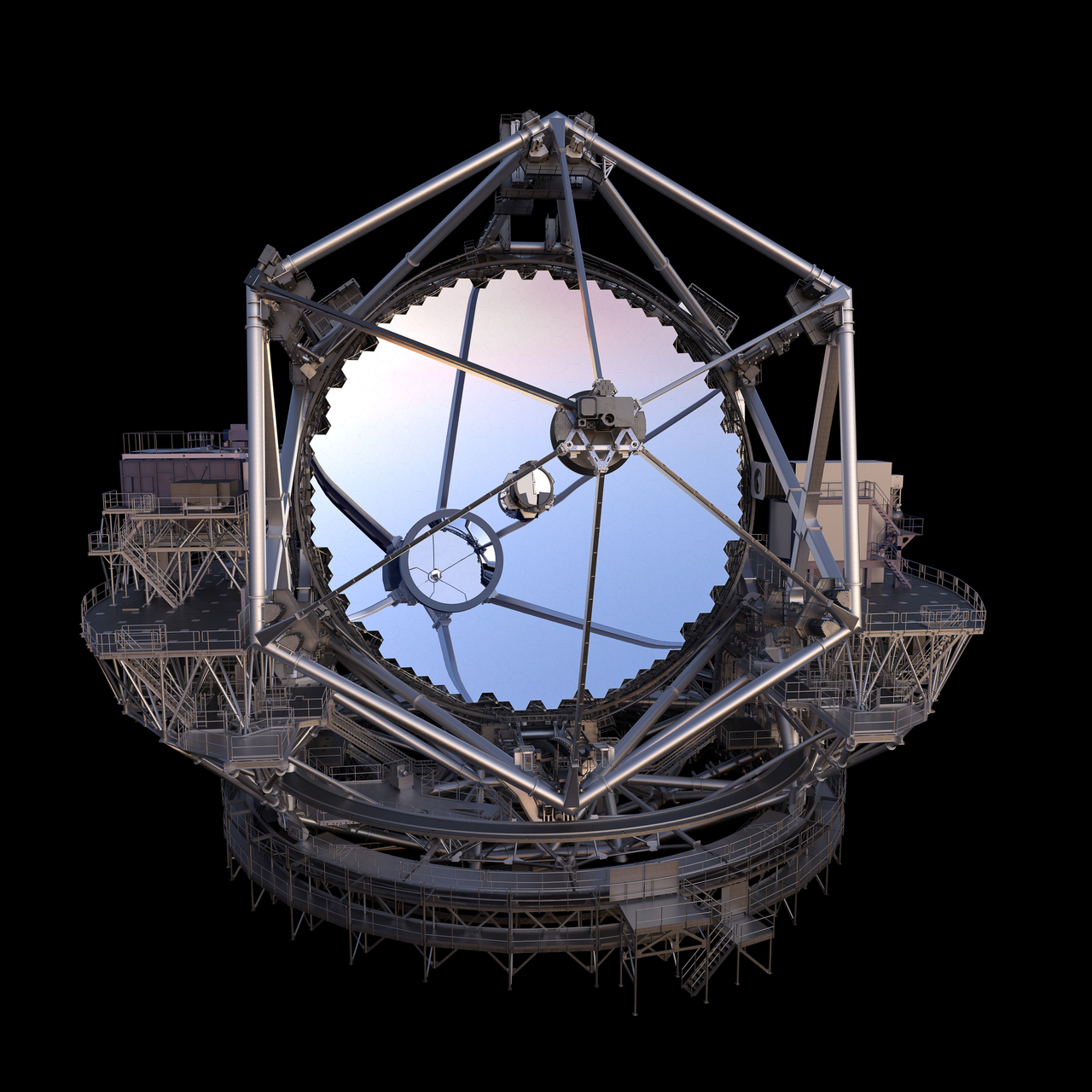
8.) This decision will save money, in both the long and short runs, for the country. Financial austerity, when it comes to being truly fiscally responsible, should absolutely never be applied to basic research the way it is to other areas of government spending. The entirety of the National Science Foundation’s budget has never once totaled more than 0.05% of Gross Domestic Product or more than $10 billion in any fiscal year, and yet has spawned multiple companies whose net worth exceeds $100 billion. According to:
- the Center for American Progress,
- the National Institute of Standards and Technology,
- and even the National Science Foundation itself,
every dollar invested in science through the NSF, NASA, and DARPA, generates more than 100% of that investment in American economic activity: a positive return-on-investment. That means that not investing those dollars in basic research hurts the American economy by a greater amount than the cost of making the investment. As the former direction of the NSF, France Córdova, wrote in 2018:
“Scientific breakthroughs start with a question, a big idea, about the nature of things that often leads to a fundamental shift in thinking. The ability to pursue and investigate that question, and to innovate along the way, is what enables the discoveries that ultimately transform the world.”
If we don’t invest in asking and answering those questions, that’s the same as choosing to remain exactly where we are instead of furthering our path down the roads of progress.
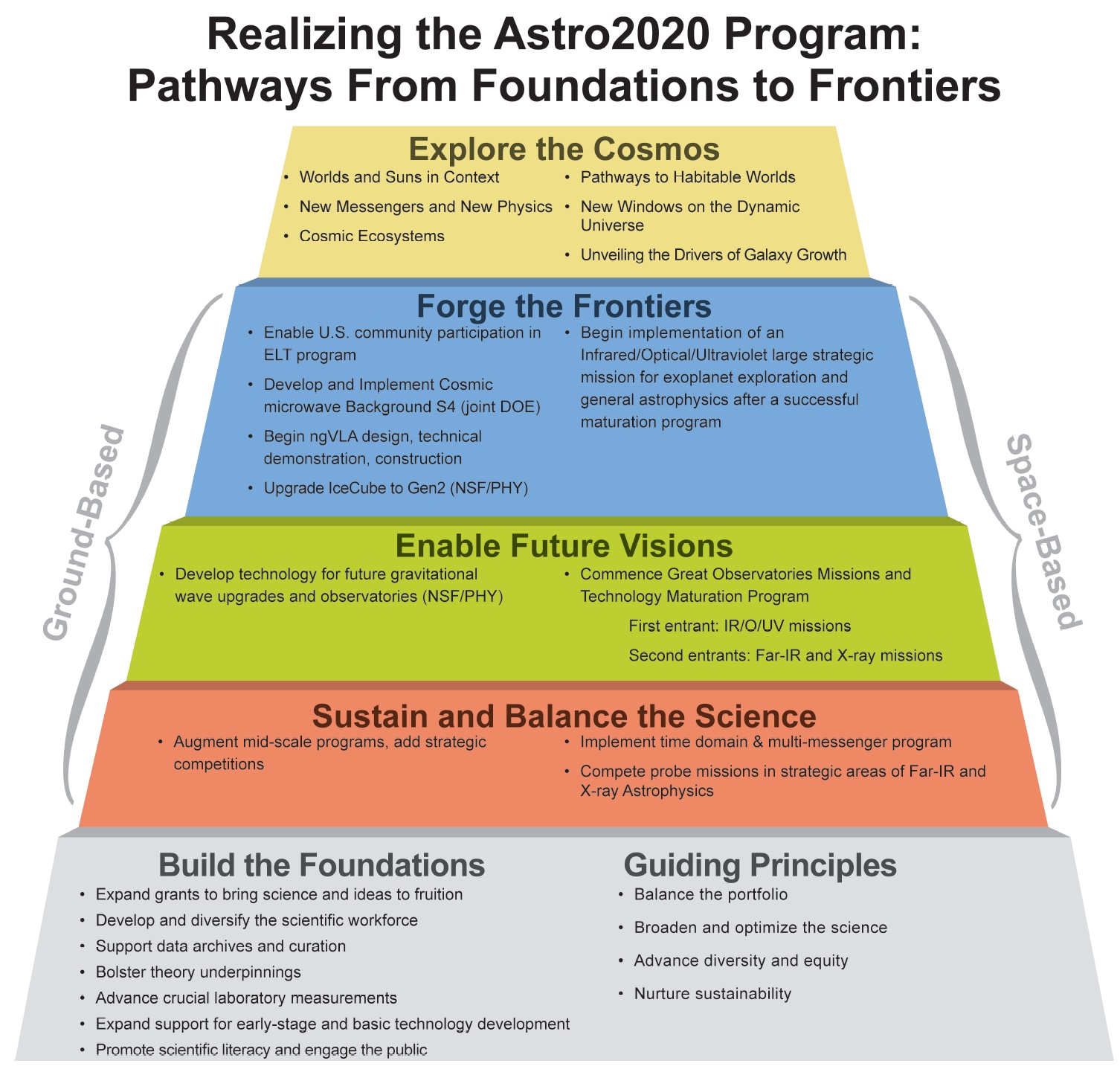
The reality is that, when political whims supersede the actual facts about investing our dollars into something worthwhile — even if making that investment would be a victory for our nation all-around — it’s a signpost of an empire not only in decline, but in the process of crumbling. There are many among us, maybe even the majority of us, who are simply not ready to accept that fate for our nation and for the fate of science within our nation, and the act of looking to the Universe itself for answers about the biggest questions of all is perhaps the most ambitious act of fundamental research we can engage in.
Questions such as:
- are we alone in the Universe,
- if there are inhabited worlds out there, what are they like,
- where did our solar system and planet come from,
- how did life arise on Earth,
- where did the Milky Way and the entire Universe come from,
- and what is the cosmic story that allowed us to come into existence,
are not just questions for a privileged set of a few thousand researchers to investigate, but questions fundamental to all of humanity whose answers lie within our reach, if only we dare to look beyond the few fractions-of-a-percent of the cost of investing in finding out those answers. The scientists laid out the case for the path forward for the fields of astronomy and astrophysics in 2021 for the next decade, and all the major federal agencies except for the National Science Foundation have adopted what they recommended. If we want a future where the United States of America remains on the cutting edge of science, we’ll change course and make the investment we need to bring about a better tomorrow. And if not, we’ll meet with the same fate as every country that’s chosen cowardice when it comes to making those critical investments: stagnation and decline.
